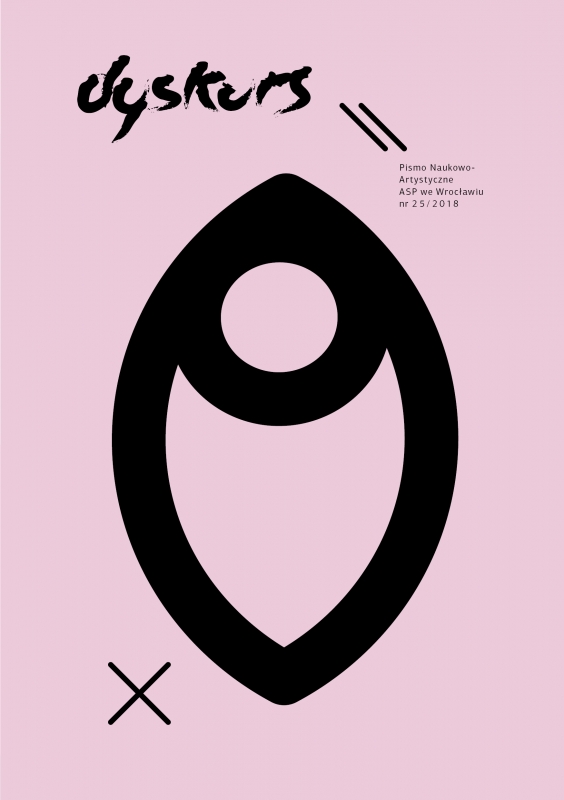Natacha Lesueur, des clichés ironiques : un féminisme discret
Słowa kluczowe:
natasha lesueur, french photography, feminist methodology, deconstruction of identityAbstrakt
Ironic Banalities: the Discreet Feminism of Natacha Lesueur
Natacha Lesueur is a French photographer, who discreetly conforms with the feminist tendencies, starting from her earliest works realized in the 1990s. Her first photographs depict compositions, in which fragments of the body, the head, the bust, the legs, etc., are adorned with intricately composed pieces of food, sometimes creating mysterious alphabets. The colour photographs are exceptionally painstainkingly processed – refined – and disorient the viewer with the vision of body fragments staged in weird situations.
On the exhibition entitled White shadows, in the Marc Chagall Museum in Nice in 2014, Natacha Lesueur presented a work realized during several trips to Tahiti. Moved by the similarity of the Tahitian landscapes to her own shots, she would ask herself a question, how to use visual means to depict the reality in which the women and men of Tahiti lived, the reality so distant from the postcards which we all see in front of our eyes. Her choice included adopting these schematic representations as a starting point, together with introducing elements of destruction connected with colonisation, and especially with nuclear tests. She also considered voluptuous looks cast at young Tahitian women wahine by the colonizers.
Playing with the Tahitian exoticism in an exaggerated way, undertaking strategic topics and perspectives the landscape and wahine, Natacha Lesueur stages these subjects in order to introduce distortions into their perception. The light of the stroboscope lamp or red lighting make the viewers embarrassed, as they also perceive typical pictures from the well- known categories: the paradise lagoon, the lewd native, light flashes or overly erotic dance. Lesueur’s work criticises depictions of the Tahitian exoticism, with which it enters into a dispute, thus deconstructing it.
The article analyses in detail two video films, Omaï and Upa Upa, shown during the exhibition mentioned. At the same time it attempts to answer the question, in what way, while making use of special lighting in her work, Natacha Lesueur utilizes the feminist methodology, whose aim is to deconstruct identity.

